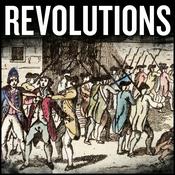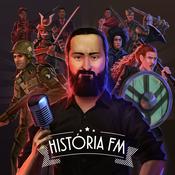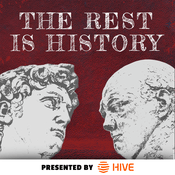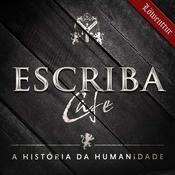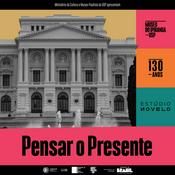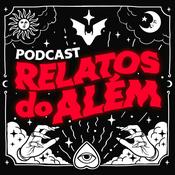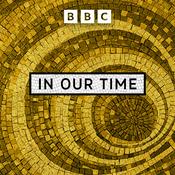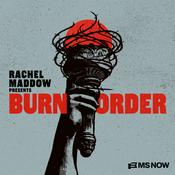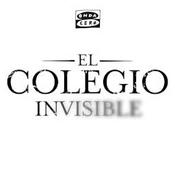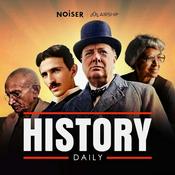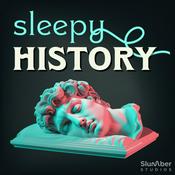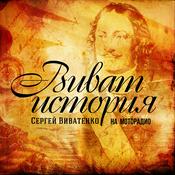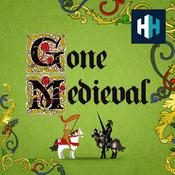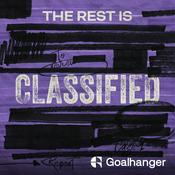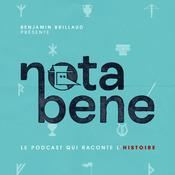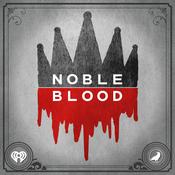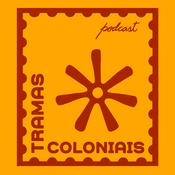187 episódios
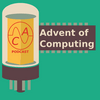
Episode 172 - Analog/Hybrid
15/12/2025 | 1h 5min
In 1945 the first electronic digital computers sparked to life. Number crunching was instantly changed forever! The perfect technology had arrived, and there was never even a competition, right? Well, not so much. The simple fact is that computers sucked for decades. Digital machines have all kinds of inherent pitfalls. There was another entire lineage of computers that existed in the shadow of digital machines: the analogs. Eventually the two technologies would merge in an attempt to create the truly perfect machine: one with the flexibility and accuracy of a digital computer, and the speed and interactivity of an analog computer. The result were hybrids!

Episode 171 - What Is a 4GL?
24/11/2025 | 54min
Last episode I said that Fourth Generation Languages were a topic for another time. Well... this counts as another time. Today we are trying to figure out what exactly makes a language 4th Generation. Along the way we will see why the term bugs me so much, why 4GLs seem so strange, and how a programmer can increase their productivity by 2,000% (some restrictions apply).

Episode 170 - Thoroughbred/OS
10/11/2025 | 1h
I'm back to normal episodes, and I'm running out the gate with a weird one. Thoroughbred/OS was a multi-user and multi-tasking operating system for the IBM PC. It's mian interface was... BASIC of all things! What exactly is this oddity? https://winworldpc.com/product/thoroughbred-os/662 - Try Out Thoroughbred/OS yourself

Episode 169.5 - Ben Zotto and the Story of Sphere Computers
01/11/2025 | 52min
I recently had the chance to talk to Ben Zotto about his upcoming book: Go Computer Now! - The Story of Sphere Computers. It's all about an obscure machine powered by the Motorola 6800 that released in 1975. I figured it was the perfect faire for my audience. And... I really want to read this book! You can back the project over at kickstarter: http://kickstarter.com/projects/bzotto/go-computer-now-the-story-of-sphere?ref=ey52pt And find out more at Ben's sites: https://gocomputernow.com/, https://sphere.computer/

Episode 169 - Dellinger's Viruses
26/10/2025 | 26min
In 1981 Joe Dellinger attempted to create the perfect computer program: a virus that spread silently. In 1982 a revision of that virus broke containment. It would have remained completely hidden if it wasn't for an obscure Apple II game. Today we look at the story and motivation behind that virus, and how it slipped into the sands of time. Or... did it!? The truth is if you have an Apple II it may be infected with Dellinger's virus! My main source: https://virus.wdfiles.com/local--files/applvir/Applvir.txt
Mais podcasts de História
Podcasts em tendência em História
Sobre Advent of Computing
Ouça Advent of Computing, História Preta e muitos outros podcasts de todo o mundo com o aplicativo o radio.net

Obtenha o aplicativo gratuito radio.net
- Guardar rádios e podcasts favoritos
- Transmissão via Wi-Fi ou Bluetooth
- Carplay & Android Audo compatìvel
- E ainda mais funções
Obtenha o aplicativo gratuito radio.net
- Guardar rádios e podcasts favoritos
- Transmissão via Wi-Fi ou Bluetooth
- Carplay & Android Audo compatìvel
- E ainda mais funções


Advent of Computing
baixe o aplicativo,
ouça.

